Date: 16 December 2013
In a modern float line the conversion of raw materials into packs of sized plates of high-quality float glass is achieved by correctly matching a sequence of continuous processing operations. The following article gives a survey on the chemical products which are needed on the cold end of the float process.
When producing float glass various chemical products are used on the cold end, such as:
- defect marking inks
- anti-stain coatings
- cutting fluids (evaporating or washable)
- interleavant powders or interleavant powders with anti-stain characteristics
Defect marking
For on-line marking of defects white or coloured (e.g. blue) marking inks are available which contain pigments or are pigment free. Marking inks must be fast drying and should allow to be easily washed off without leaving any visual residues. A good choice is Acemark 6505 (blue) (pigment free) and Acemark 6680 (white, pigmented).
Anti-stain coating
These coatings prevent corrosion problems of the glass when storing and transporting it under extreme climatic conditions. Whilst in the past often anti-stain powders were applied today the use of liquid coatings is increasing. AC Resistain F – a liquid anti-stain coating – and AC Resistain TC – a liquid and transparent anti-stain coating – were specially designed to prevent float glass corrosion. These products are liquid concentrates which have to be mixed with demineralized water prior to use. The solution is then sprayed onto the glass ribbon when it comes out of the annealing lehr. After drying a pure interleavant powder (e.g. AC Separol F) or an interleavant powder with anti-stain characteristics (e.g. AC Separol 6494) has to be applied. Both products can be washed off easily before further processing the Float glass and do not interfere with the next steps of downstream production (low-E coating, silvering etc.).
Cutting
For cutting glass in the past traditional products were used such as kerosene, hydraulic oils, engine or fish oils.
Since the characteristics of these products could widely vary, float glass producers were often confronted with the following problems :
-
The cutting oils caused splinters and chips which damaged the glass surface during transport and the following processing steps.
-
The oily residues caused adhesion problems during processing (e.g. laminating, mirror silvering, low-E coating, IG etc.).
To overcome these problems ACW developed a complete range of special “evaporating cutting fluids” such as Acecut 5503 which virtually do not leave any residue which could adversely affect downstream processing. Problems which are avoided by the use of Acecut cutting fluids are:
-
blackening (mirror production)
-
delamination (laminated glass production)
-
decoloration spots (low-E glass production)
Furthermore, the use of an evaporating cutting fluid has an esthetical effect (no oily residues sticking on the glass).
Transporting and storing
After cutting the float glass into the jumbo sizes the glass is covered with an interleavant powder which can be a pure interleavant powder ore an anti-stain interleavant powder.
AC Separol was specially designed to protect the glass during transport. The application of such products (e.g. AC Separol F) allows an easy destacking of the glass plates because the glasses do not stick together. They can be washed off easily. All products have a very narrow grain size distribution.
The anti-stain AC Separol interleavant powders contain special acids in different percentages. Applying AC Separol products like AC Separol 6494 allow a transport protection in combination with an anti-stain effect. They are tailor made making it possible to give the glass surface just the protection it needs. Whereas for instance AC Separol F1A offers a moderate corrosion protection and can be used in Europe under “normal” climatic conditions, AC Separol F5A allows a high protection against corrosion and should be used e.g. if glass is stored and transported under heavily changing weather conditions like changing temperature and humidity.
AC Separol is produced in a standard particle size of (approx.) 50 – 60 µm but also higher particle sizes can be delivered. For hard coated Float glass special products are available.
* Dr. Michael Emonds, Aachener Chemische Werke, D-41199 Moenchengladbach, Germany
Fax ++49(0) 2166 97027 638 Email: Michael.Emonds@chemetall.com

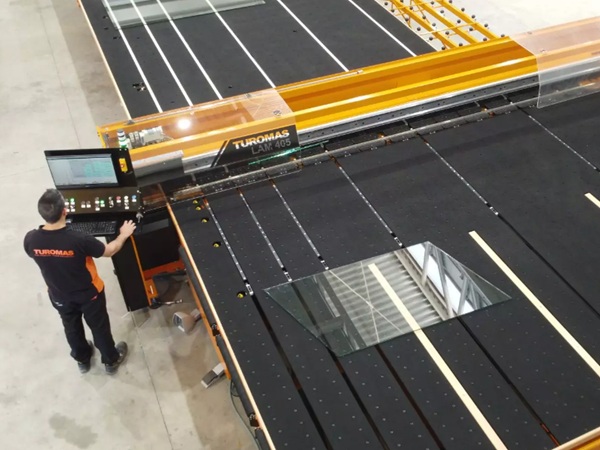
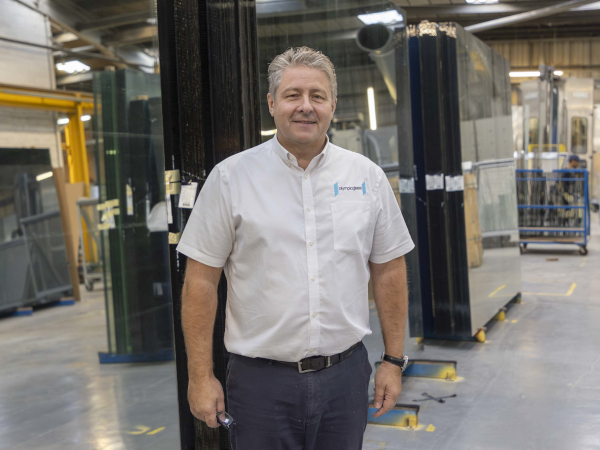


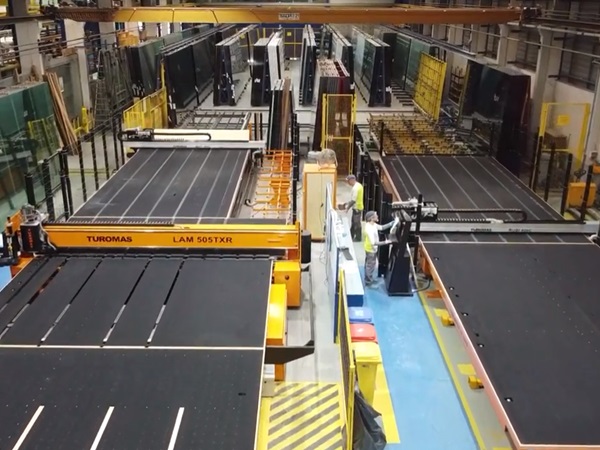
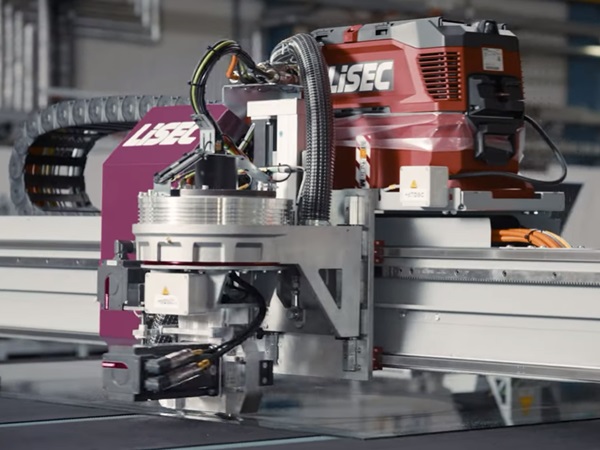



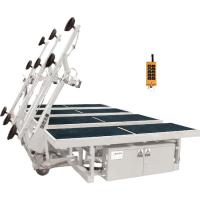

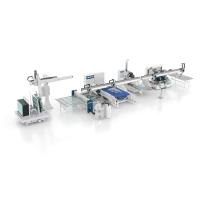
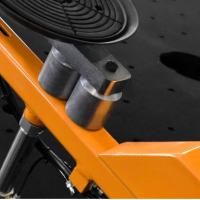
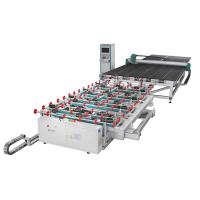
Add new comment